
Nature Activity
Fresh Water Turtles
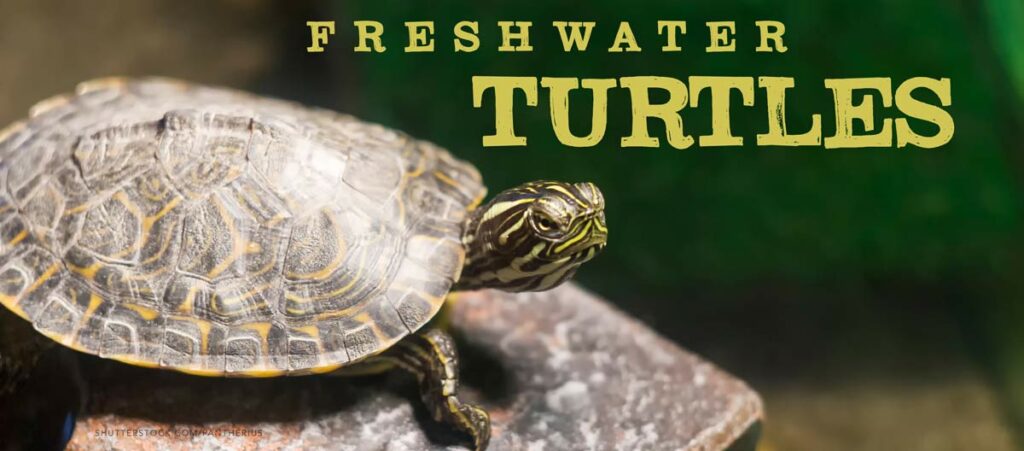
Facebook
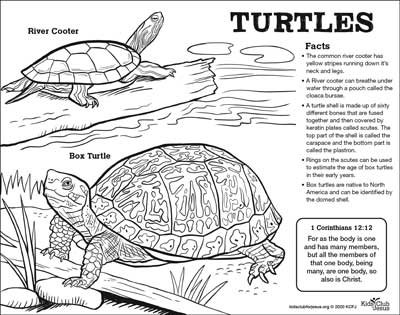
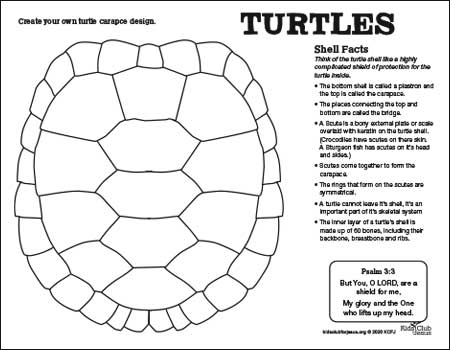
Send us a scan/photo of your design and we will post it here. Be creative!
Identification & facts
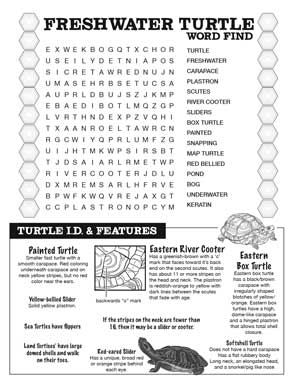
Turtle Facts:
- The river cooter’s carapace (top shell) is usually dark greenish-brown. The plastron (bottom shell) is yellow to reddish-orange with a dark pattern between scutes.
- The turtle’s shell is covered by scutes (boney plates) formed mostly of keratin. (same material as horns, beaks or nails in other species.
- The common river cooter has yellow stripes running down it’s neck
- A female cooter will lay about 10-25 eggs in a sandy area close to a river. The eggs will incubate for about 90–100 days. When the baby cooter hatches they have a shell about 1.5-inches in size. And their shell is green with bright yellow markings. A full grown adult can be about 16-inches.
- Rings on the scutes can be used to estimate the age of box turtles in their early years. Their shell is domed and hinged at the edges allowing them to retract their head and legs and close it’s shell tightly from predators.
- Box turtles are native to North America.
- Box turtles can live to be 50 years and sometimes much longer (100 years)!
- Box turtles are omnivores (eat both plant and animals; millipedes, crickets, etc)
Shell Facts:
Think of the turtle shell like a highly complicated shield of protection for the turtle inside. A Scute is a bony external plate or scale overlaid with keratin on the turtle shell. (Crocodiles have scutes on there skin. A Sturgeon fish has scutes on it’s head and sides.)

Art by CQ
- The bottom shell is called a plastron and the top is called the carapace.
- The pieces connecting the top and bottom are called the bridge.
- Scutes come together to form the carapace.
- The rings that form on the scutes are symmetrical.
- A turtle cannot leave it’s shell, it’s an important part of it’s skeletal system
- The inner layer of a turtle’s shell is made up of 60 bones, including their backbone, breastbone and ribs.
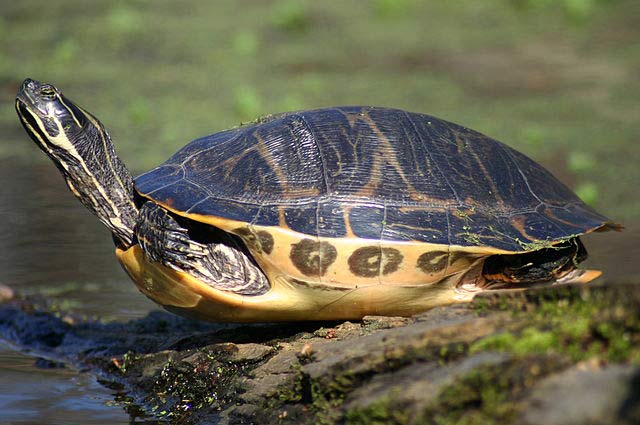
Florida Cooter – By Ryan Somma/Wikimedia

Red-bellied Cooter
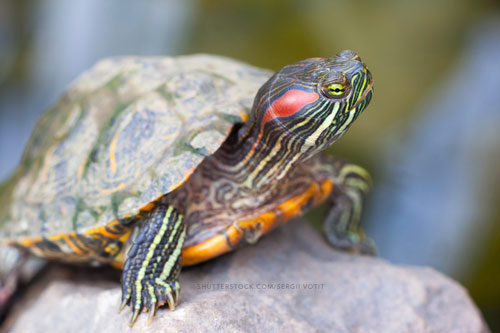
Red-eared Slider

River cooters have webbed feet.

Baby Box Turtle | Box turtles have flat feet and no webs.
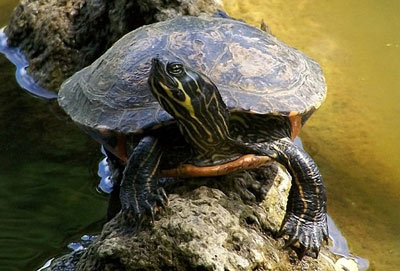
Hieroglyphic River Cooter
